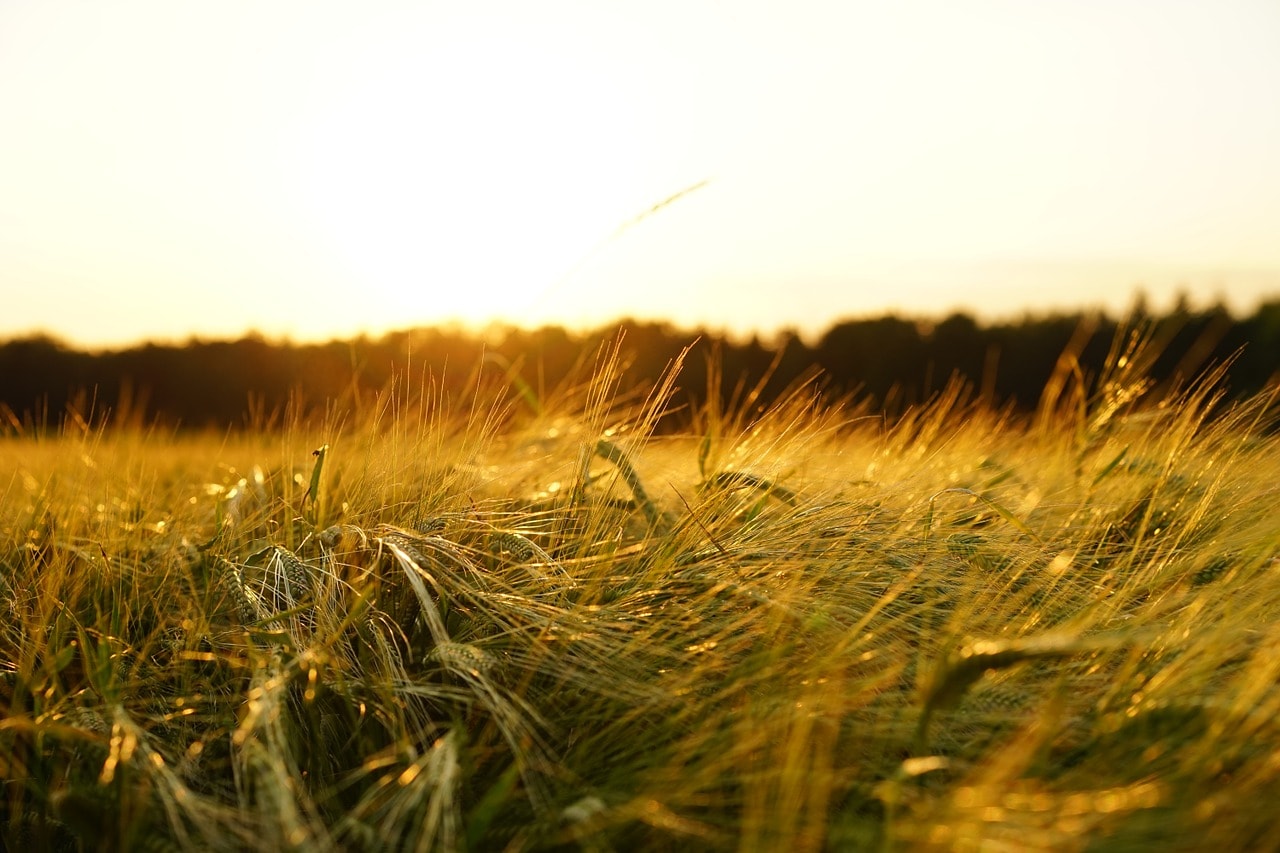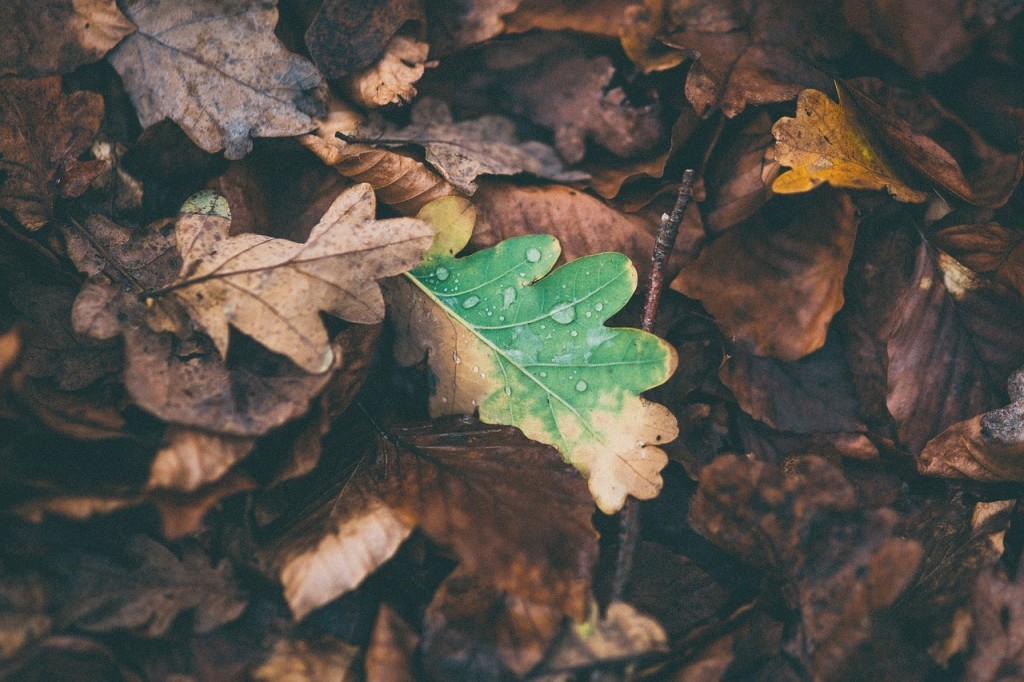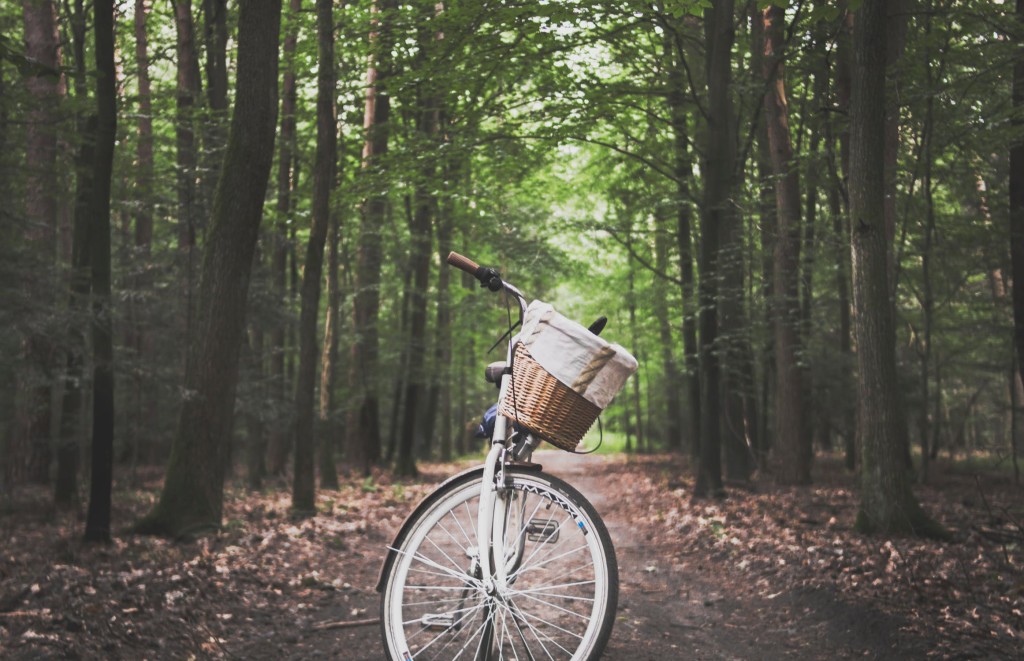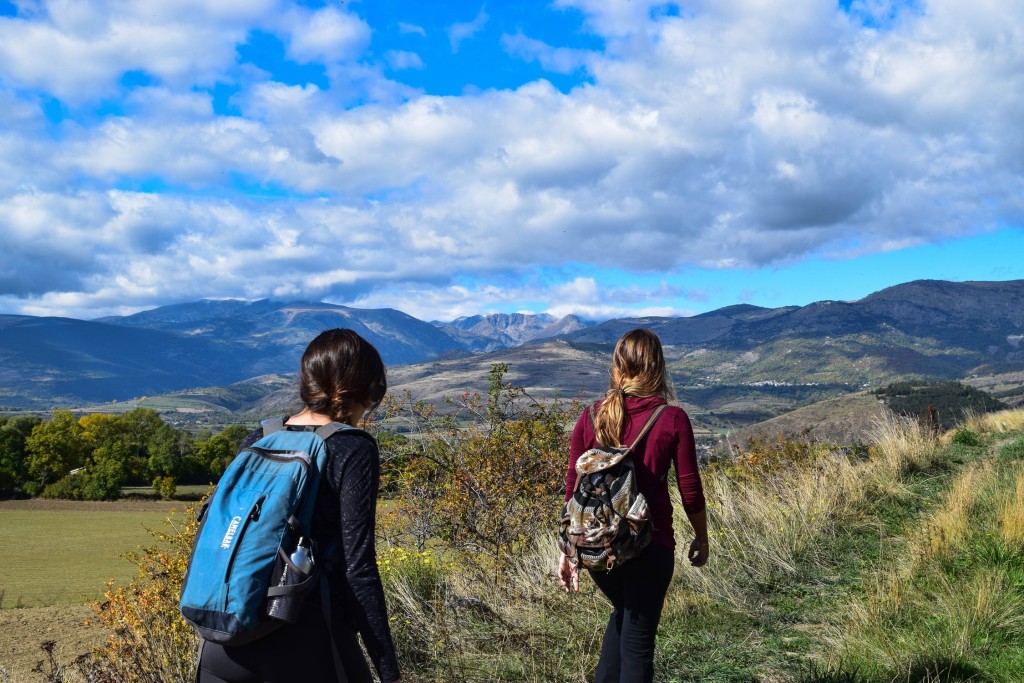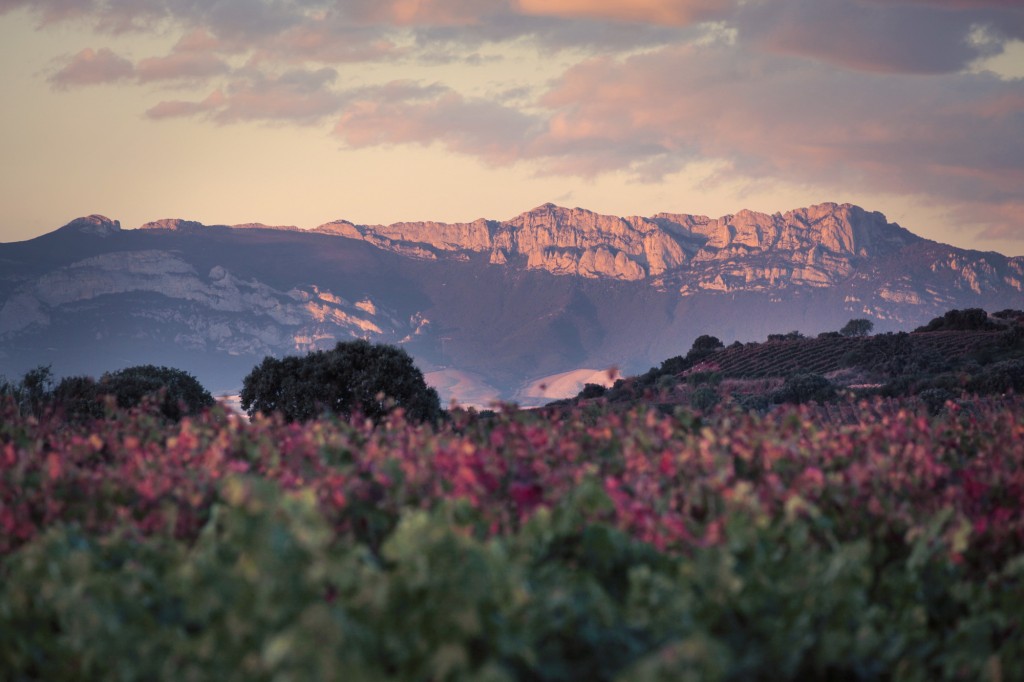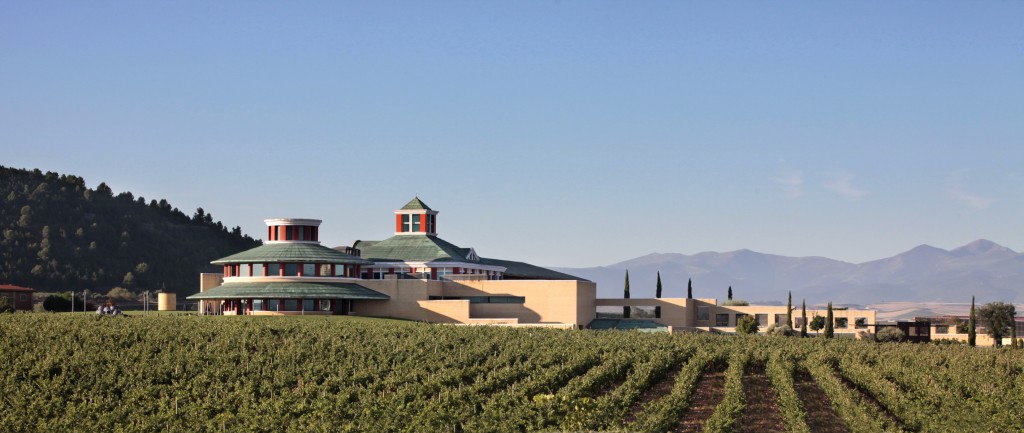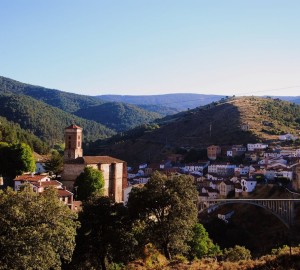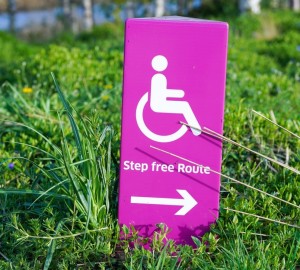In recent years, ecotourism has been gaining popularity among Spanish and foreign tourists who travel around our country. This form of travel is closely related to rural tourism and can be a perfect complement to our holiday plans. It is a way of getting to know the destination of our journeys from a philosophy of respect for the environment and also for the cultural heritage and natural wealth of the region..
In this article we will try to approach a definition of ecotourism, we will see what are its main characteristics and its importance for sustainable development.. We will also get to know some ecotourism options that we can carry out during our visit to La Rioja.
What is ecotourism? A definition
Ecotourism is a way of travelling in a responsible way, taking into account not only the enjoyment of the travellers, but also their own personal and social needs. This enjoyment is compatible with care and respect for the natural environment of the place visited.. Furthermore, ecotourism is characterised by the choice of natural spaces to develop outdoor activities, in order to observe and value the richness of the environment and its importance as a tourist attraction. Ecotourism also implies a greater integration of the traveller with the community of the region visited.The ecotourism also implies a commitment to the knowledge of the area, its traditions, its customs and its cultural heritage.
The main objective of this form of travel is to minimise the negative impact of tourism on the natural environment and on local people and their communities.
Main characteristics of ecotourism
Ecotourism encompasses a series of heterogeneous activities and forms of travel, but which share a series of common characteristics that make them particularly suitable for the respectful enjoyment of nature. Some of these characteristics are
- Outdoor activities, by allowing the knowledge of local natural environments to develop an awareness of their importance and the need to preserve them. The enjoyment of the natural landscapes, flora and fauna of a place are points of convergence among ecotourism enthusiasts.
- The search for minimising the impact of tourism activities for the environment. The search for a sustainable use of natural resources, for the animal and plant populations in the area, as well as for the communities of people living in the area.
- Preference for alternative tourism options, avoiding conventional tourist circuits and overcrowded destinations.
- A more leisurely way of travelling, avoiding activities that generate stress, and promoting a more reflective and calm way of travelling.allowing a deeper approach to the place visited, its people, its culture, its gastronomy, etc.
- Preference for more sustainable means of transport and selection of environmentally friendly accommodation.The use of renewable energies, gastronomic offer based on local products and natural energies, proposal of activities related to the preservation of environment and natural resources, etc.
Activities for an ecotourism proposal
The practice of ecotourism can involve a multitude of different activities, as long as they meet the ethical requirements of respecting nature and minimising the impact of tourism on the environment and its inhabitants. Some of the many activities that could be included in an ecotourism trip would be:
- Hiking, which allows us to get to know natural environments in a way that respects nature and to exercise in the open air.
- The practice of outdoor adventure sports: rafting, bungee jumping, canoeing, cycling, climbing, etc.
- Horse riding in natural surroundings.
- Balloon rides.
- Cultural routes.
- Practice of wine tourism and gastronomic tourism in local rural environments.
Ecotourism in La Rioja
La Rioja is an exceptional community for the practice of ecotourism. The rural character of most of the region, its rich natural environment and its imposing historical and cultural legacy make it an area that offers a wide variety of sustainable tourism plans to the traveller.
Some of the plans that we can make in our proposed ecological trip through La Rioja can be:
- A visit to the Sierra Cebollera Natural Park. The Sierra Cebollera Natural Park is one of the environmental jewels of La Rioja. Just 50 km. from Logroño we find this impressive natural environment perfect for hiking and other outdoor activities. Mountains, forests, waterfalls and lakes will accompany us on our way.
- The route of the monasteries. Through the route through the monasteries of La Rioja we will delve into the medieval legacy of the region. We will discover these buildings built in nature hundreds of years ago, as temples for reflection and for the transmission of culture. A visit to the Monasteries of San Millán de la Cogolla, considered the "cradle" of the Castilian language, is a must.
- The route of the castles. La Rioja was a strategic enclave of vital importance during the time of the Reconquest and an obligatory stop-off point for traders, above all thanks to the Camino de Santiago. The route of the castles of La Rioja is an ideal activity to discover the historical legacy of the region.
- The dinosaur route. Around the Riojan towns of Munilla, Arnedillo, Cornego and Igea you can still find some of the footprints left by the ancient inhabitants of the area. A way of getting to know the region's natural environment by following the trail of the dinosaurs.
- Discover the most charming villages in the region.. La Rioja is an eminently rural region and much of the charm of the area lies in its villages. Ezcaráy, Nájera, Santo Domingo de la Calzada, Briones... A journey through the villages of La Rioja is a journey through nature, history and the land of wine.
- Learn about the history of wine and its importance for La Rioja at the Museum Vivanco of Wine Culture. La Rioja cannot be understood without wine and learning about wine can also be a great ecotourism proposal. To do so, there is nothing better than a visit to the Vivanco Museum of Wine Culturethe best wine museum in the world according to the UN World Tourism Organization. A place to learn about the traditional process of making this natural foodstuff, to discover its history and the relationship between man and wine and to understand La Rioja a little better.
Ecotourism is an increasingly fashionable way of travelling in our country and a great excuse to get to know La Rioja.. Responsible tourism, which seeks to preserve natural environments so that we can continue to enjoy them for many years to come. A way of getting to know new places, trying not to leave a mark on them, but rather that these places leave a mark on us.






